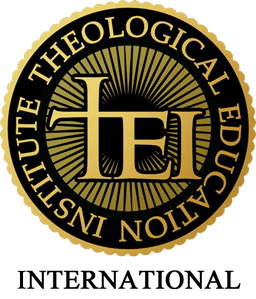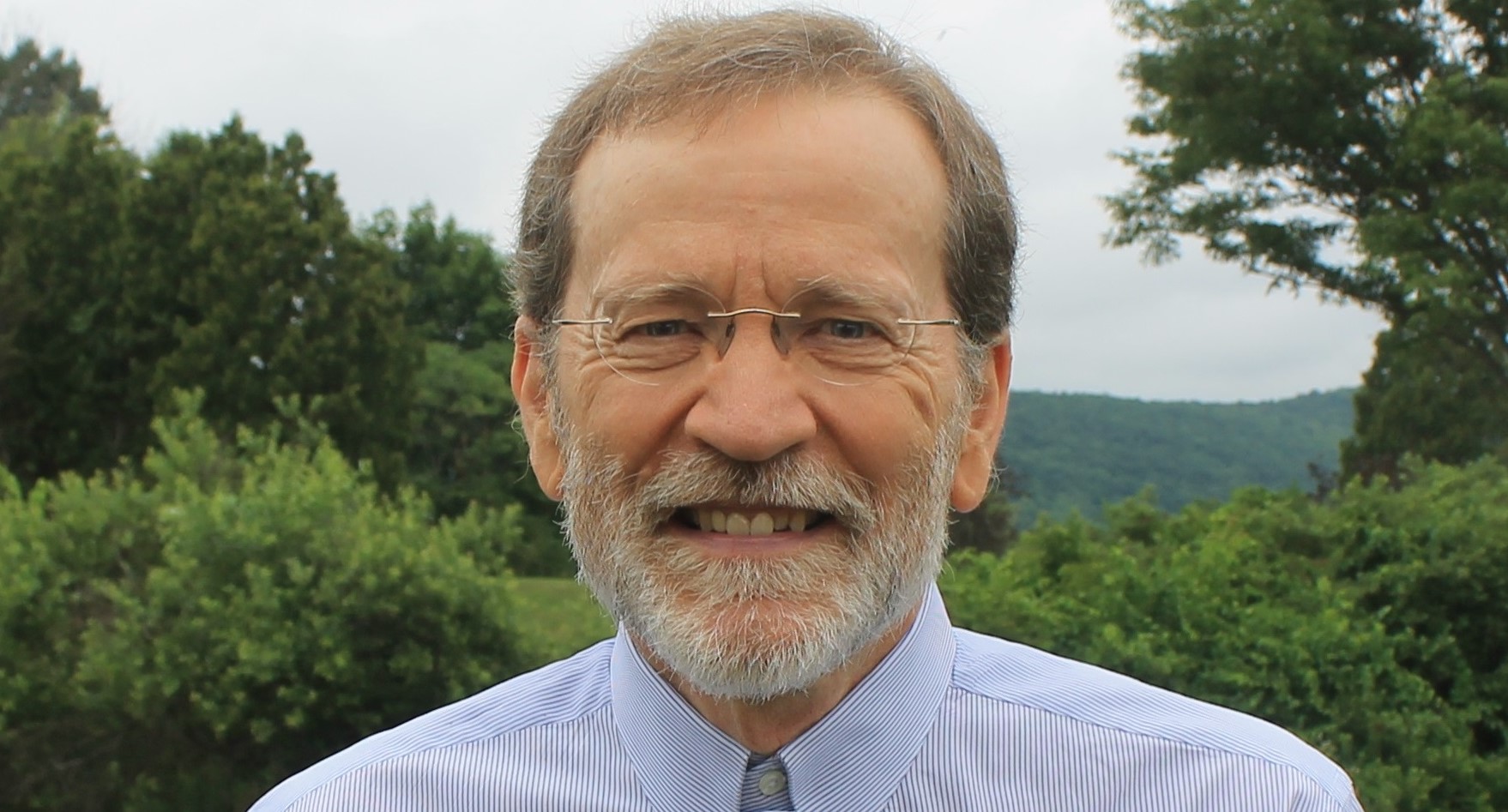The Hebrew “Nephesh” Defines Soul and Personhood
John C. Rankin
(April 4, 2014)
The words translated “living being” are nephesh hayyah in the Hebrew, or “soul alive,” where in the Hebrew the adjective follows the noun. Nephesh is the biblical term for human nature, and its definitive nature will become clear as we progress.
Academically, there are two principal sources that define the term – Edmund Jacob’s article in the Theological Dictionary of the New Testament (TDNT), where he examines the Hebrew background for the Greek parallel term psuche; and Hans Walter Wolff in The Anthropology of the Old Testament. Psuche is our root for the “psyche,” for psychological wholeness.
Jacob says, “Nephesh is the usual term for a man’s total nature, for what he is and not just what he has. This gives the term priority in the anthropological vocabulary … The classical text in Gn. 2:7 clearly expresses this when it calls man in his totality a nephesh hayyah … The nephesh is almost always connected with a form. It has no existence apart from a body. Hence the best translation in many instances is “person” comprised in corporeal reality (IX:620, Hebrew transliterated).
There are seven observations to be made, where the first five depend on Jacob, and the last two on Wolff.
1. Maturity at the Beginning
Adam is created as a whole, mature male adult, and the same is true for Eve as a female adult, as Yahweh draws her out of Adam’s mature body. The language here is clear in terms of Yahweh Elohim’s active work in creation. Every form of life is made by him, mature and ready to procreate. Likewise with man and woman in his image – they are mature and ready to govern the creation, to have children and build civilization. Adam and Eve are of necessity unique as our first parents – they do not go through infancy and the maturing process to become adults, as we all have. The fruit of such a process is built into them at the outset. It is in every fiber of their beings and instincts. This is the reality of greater order producing lesser order.
Which comes first – the chicken or the egg? Well, an egg cannot hatch, nurture and protect itself. The chicken and the rooster together come first. The predicate in Genesis 1-2 is that maturity precedes and provides for subsequent generations to grow into maturity.
All the assumptions and statements in Genesis 1-2 are by definition proactive. There is no brokenness of the body, trust or the environment in place – there is nothing negative present, so there is no reactive language.
This is interpretively central. Namely, living in a broken world, millennia later, it is easy to put certain assumptions into the Genesis text that are not there. This is what “higher criticism” has done in spades.
2. The Breath of God
I am daily thankful for every breath I take – it is the gift of God. And I think too that any of us who acknowledge the same, regardless of theological or cultural background, are reflecting the image of God, and are open to the work of the Spirit in our lives. As nephesh is introduced, it is Yahweh’s breath that is primary, not that of ha’adam. It is Yahweh who breathes the breath of life into Adam’s nostrils, this creation who takes on life from the dust. Man is not sufficient to himself, he is not his own creator, he is not something that derives from nothing. Yahweh gives and man receives. The text presents to us a fully formed man, but lifeless, nothing more than beautifully organized material stuff – until the breath of God is given.
Once Adam and Eve receive Yahweh Elohim’s breath, being made after his own kind, they are set to pass on that breath to their children. Genesis 5:1-3 reads:
“When Elohim created man, he made him in the likeness of Elohim. He created them male and female and blessed them. And when they were created, he called them ‘man.’
“When Adam had lived 130 years, he had a son in his own likeness, in his own image, and he named him Seth.”
The birth of Seth is the third named child of Adam and Eve. Jewish tradition speaks of Eve having 56 children. Given that Adam lives 930 years following his creation as a mature adult, and in assuming Eve lives comparably, that is a pace of perhaps one child every decade across the fertile years. Human life is created free of anxiety, and sin destroys that ease.
As we look at the age spans of Adam on forward, we see that they begin near 1,000 years and drop to 70 for King David, and indeed by the time of Jesus, the average lifespan is under 40. This is the accumulating growth of stress – from a thousand angles of broken trust to a humanly polluted environment. Adam is created to live forever, and has the biggest ratio of loss of all, and we all follow suit. Perhaps we can tweak our life spans up a few years from reduced reality, but the limits are obvious.
Thus, the language of Genesis 5 is in the context of a world deeply stained by sin (beginning with Cain’s murder of Abel). Yet, human nature remains wired for the POSH Ls [peace, order, stability and hope; to live, to love, to laugh and to learn] of the image of God. And critically here, we see how Adam and Eve pass on the very breath of God to their children, “in the likeness of God” to Adam having “a son in his own likeness.”
The opening pages of Genesis, and the teaching power of biblical stories, are very economic. There are no wasted words. Thus, for the Hebrew reader of Genesis 1:26-28, 2:7 and 5:1-3, the teaching is clear: The breath of God given to man and woman is the signature of God’s image, which we are empowered to pass along to our children.
Thus, in the face of this reality, any honest person is grateful for God’s creative breath that sustains all of us – including the ecosphere. And any honest person will honor his parents who pass along that breath. Even in spite of sin, and as such, we also anticipate the fifth of the Ten Commandments: “Honor your father and your mother, so that you may live long in the land the Yahweh your Elohim is giving you” (Exodus 20:12).
Simply, the whole procreative process from the very beginning is “very good,” as Yahweh Elohim declares after man and woman are created and set in place.
3. Essence not Achievement
As Jacob points out, nephesh is a matter of what we are, not what we have. We do not possess soul or personhood – we are souls, we are persons. We are what God has given us to be, not what we achieve by some other means (e.g. a godless and chance driven macroevolution). Essence not achievement is thus central to a universal humanity, with an assumption of equality of worth.
Adam and Eve, created as mature adults, then have children, and pass along the same humanity. This assumes that the whole procreative process – along with the human intellect and moral sense to steward the creation and build civilization – is not one of an achievement ethic where humanity is gained somewhere in the process, but is there from the outset.
4. Unity of Body and Soul
Since nephesh does not exist apart from the corporeal (bodily reality), we do not possess our bodies; rather, our bodies are good and are integral parts of our whole identities. “Soul” sums it all up – heart, mind, spirit, body. Not just one aspect or another. Adam and Eve are created to live forever, and thus the resurrection body is an assumption for what redemption is all about.
The nature of nephesh and its uniqueness in Genesis 1-2 stands in stark contrast to Gnostic dualisms – a Greek manner of thought that eventually traces back to Babylonian dualisms. Most simply, Gnostic dualism sets up a war between the body and the spirit, where the body is evil and the spirit is good. When it infects the early church it leads to asceticism on the one hand (hatred of the body and human sexuality) and sexual licentiousness on the other (since the body was viewed as evil, just let loose). In Hindu and Buddhist dualisms, with no understanding Genesis 1-2 and the goodness of the human body, there is also no hope of the resurrection body.
5. Personhood and Biology
Jacob concludes with the observation that nephesh in its primary sense is best translated as “person,” rooted in bodily reality.
We each physically begin at the specific moment of biological fertilization. The spermatozoon (sperm) and the ovum (egg) are gametes, both “haploid” cells. This means they are incapable of cell division, incapable of reproduction in and of themselves. Cell division is necessary to qualify as biological life, as well as fully sufficient to define it. The sperm and egg each carry the necessary and complementary components of biological life. But these components are only “potential” ingredients apart from their union at fertilization. Biological life becomes an “actuality” when the sperm fertilizes the egg, which in general terms is called conception (technical differences between the two, but not in focus here). Apart from conception these haploid cells have no possibility but to die in their incompleteness. In and of itself, a haploid cell can never become a human being. In the prior and defining reality, Adam has no future apart from Eve.
At the moment of fertilization, a dramatic and immediate change occurs. These two complementary haploid cells form a “diploid” cell, which is otherwise known biologically as a “whole body.” This diploid cell has a genetic uniqueness, completeness and wholeness as a one-celled “zygote.” Such a zygote has all the genetic identity and programming necessary to mature into an embryo, a fetus (from the Latin for “young person”), a baby, a child, a teenager and an adult. None of this is possible or in actual existence apart from the moment of fertilization, after which the genetic code for each human individual is fixed. Thereafter, no new genetic information is added or taken away. The one-celled zygote is a fully human life. This is not just a “potential life” as though there is the potential to be other than human, to be other than who he or she is, or who they are in the case of twins … The one-celled zygote is the offspring of two human parents, and human beings can procreate nothing else but other human beings.
In other words, I was once a one-celled zygote – as with all of us. We were never just an egg or sperm, but came from a specific sperm that fertilized a specific egg. In genetic terms, our individuality begins at fertilization, and thus the biology of conception is an unqualified good assumption in the biblical order of creation. God made us corporeal beings – we have no identity, no existence, no nephesh apart from the human body. Before conception there is no existing identity for a given person in the human world, before God’s breath there is no identity.
We are made in God’s likeness, and we procreate after our likeness which is after his likeness. Not only do the assumptions of Genesis 1-2 provide for mathematics, but also for biological reality. Thus, in grasping nephesh, we see that the body is good as defined by the biblical order of creation, and meant to live forever.
In terms of the biology of conception, we can take a light hearted approach. If you are ever having a lousy day, and thinking poorly of yourself, remember this (absent the manipulations of in vitro technologies which involves arbitrary selection): The sperm you came from placed ahead of as many as a half-billion other spermatozoa racing up your mother’s fallopian tubes to fertilize the egg you also came from. Which is to say: You have a track record of winning that produced who you are.
6. Needfulness
The nature of nephesh involves needfulness or dependency. Wolff says that nephesh:
“stands for needy man per se … nephesh therefore does not say what a man has, but who the person is who receives life (hayyim): ‘person,’ ‘individual,’ ‘being’ … If we survey the wide context in which the nephesh of man and man as nephesh can be observed, we see above all man marked out as the individual being who has neither acquired, nor can preserve, life by himself, but who is eager for life, spurred on by vital desire, as the throat (the organ for receiving the nourishment and for breathing) and the neck (as the part of the body which is especially at risk) make clear. Although in this way nephesh shows man primarily in his need and desire, that includes his emotional excitability and vulnerability …” (pp. 21, 24-25; Hebrew transliteration my own).
Wolff’s chapter on nephesh focuses on the etymology, or word history, of the term. It is rooted in proto-Semitic languages concerning the anatomy of the throat and neck. It denotes a physical vulnerability, or needfulness, around the capacity to breathe. Nephesh is found some 700 primary and 350 cognate times in the Hebrew Bible, where this “corporeal needfulness” is always in place. Adam’s breath and ability to continue breathing is dependent on God’s original breath and the ecosphere he creates for us.
And as breathing is incessant, so our moral character is created and purposed to be continually eager and passionate for life. As well, the area of the neck and throat involves hunger and thirst. This assumption is in place as Genesis 2:8-9 identifies the pleasing nature of the fruit to the eye (artistic elements also assumed), and the goodness of food. It is also in place when Jesus speaks of those who hunger and thirst after righteousness (Matthew 5:6), and at the end of Revelation where the restored tree of life is provided along with drinking from the water of life (19:7-9; 22:1-2, 14, 17).
Thus, nephesh is strength. Only when we acknowledge God’s good nature and his power to give, are we able to be nourished and have strength.
I have yet to meet anyone who does not like a good backrub. Now, if any of us wish to be independent and do not acknowledge nephesh, and try to give ourselves that backrub – well, we can only imagine the unsatisfaction. If on the other hand, we know nephesh as given in human community, and we receive the backrub from someone we love and trust – well, we arrive at a happier imagination. Which produces true strength in heart, mind, spirit and body?
7. Salvation
What is the doctrine of salvation in Genesis 1-2?
Well, there is none. All is whole, all is shalom, all is good, and all human needs are met. But on the other side of the brokenness of sin, the nature of salvation returns us to the purposes and trajectory of the order of creation. It returns us to nephesh. The interpretive power of this assumptive reality will repeatedly surface.
###


